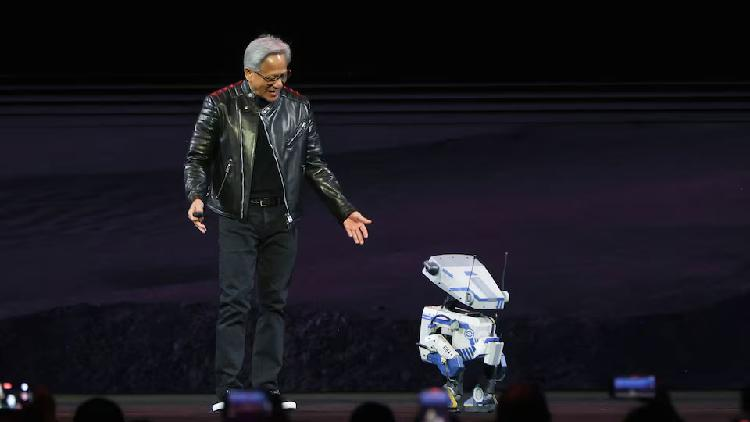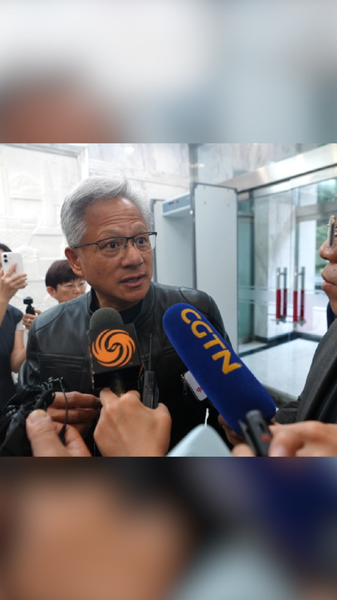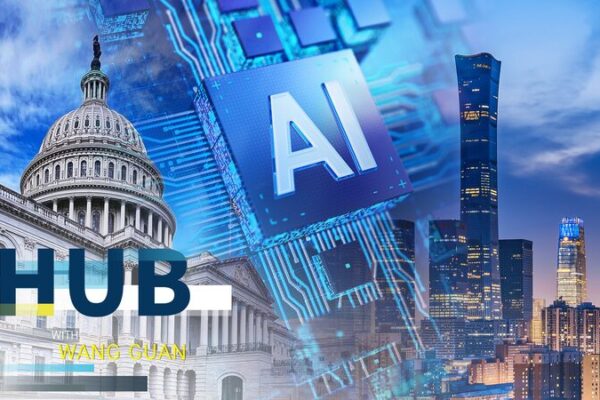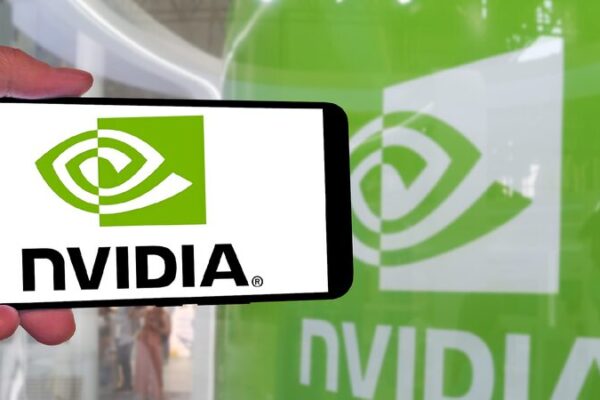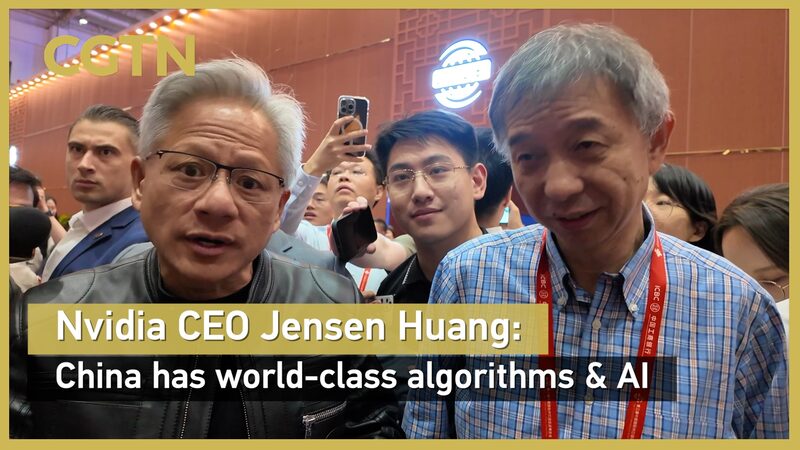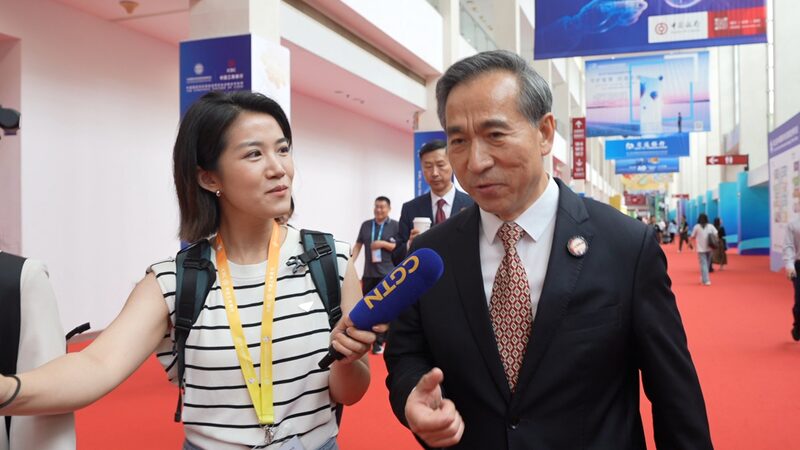Nvidia Unveils Next-Gen AI Tech Despite Setbacks
At Nvidia’s annual developer conference in San Jose, California, CEO Jensen Huang revealed the company’s latest advancements in artificial intelligence (AI). With exciting new hardware and software, Nvidia is aiming to stay at the forefront of a rapidly changing industry.
One of the big announcements was the upcoming Blackwell Ultra graphics processing unit (GPU), expected in late 2025. This powerful chip boasts expanded memory to handle even larger AI models, pushing the boundaries of what’s possible. But it’s not all smooth sailing—current Blackwell products are facing delays due to a design flaw, complicating their rollout just as the industry shifts focus to real-world AI applications.
Nvidia isn’t stopping there. They introduced the Vera Rubin computing system, named after the trailblazing astronomer who confirmed the existence of dark matter. Set to launch in late 2026, Vera Rubin combines custom processors with next-gen GPUs to outperform previous architectures. This system is all about handling huge AI workloads, making data transfer between chips faster for complex tasks. Future releases include the Vera Rubin Ultra in 2027 and the Feynman architecture in 2028, promising even more power.
For developers and tech enthusiasts, Nvidia unveiled DGX personal AI computers built with partners like Dell, HP, and Lenovo. These are not your average PCs—they’re designed to handle large AI models right on your desktop. “This is what a PC should look like,” Huang said, holding up a sleek motherboard.
On the software side, Nvidia introduced Dynamo, a free tool to speed up AI reasoning, and Isaac GR00T N1, a cool robotics framework featuring a “fast and slow thinking” model. Developed with Google DeepMind and Disney Research, GR00T N1 uses Newton, an open-source physics engine to simulate advanced robot movements—imagine robots thinking and moving more like us!
Despite all the exciting news, some investors are cautious. Nvidia’s shares dropped 3.4% after the presentation, with concerns about competition and delays. But Huang remains optimistic, believing that the next generation of AI could need “100 times more computation” than we thought.
Nvidia’s innovations signal an exciting future for AI, especially for young people interested in tech in the Global South. These developments could lead to new opportunities and breakthroughs, bringing advanced AI closer to everyone.
Reference(s):
Nvidia unveils updated AI solutions amid design flaws, industry shifts
cgtn.com
